If you’ve struggled with a raised scar that feels stubborn and constant, you’re not alone. Keloids can impact confidence and comfort. Maybe it’s from surgery, acne, or a piercing—and though the wound healed, the scar remained. We see you, and we’re here to help.
While there’s no overnight solution, gentle strategies and consistent care can make a real difference—and one treatment stands out above the rest: medical‑grade silicone gel.
Can You Truly Flatten a Keloid Naturally?
Keloids are resilient—but natural methods can support the healing journey. Let’s explore what science tells us:
Scar Massage
Gentle massage may help improve flexibility and reduce itchiness, though its effect on size is limited. Yet, when used alongside other treatments, it can improve comfort and texture (Link).
Onion Extract (Cepalin)
A popular inclusion in OTC gels, onion extract has mild anti-inflammatory properties and may help fade discoloration—but it doesn’t significantly alter keloid size on its own (Link).
Pressure Therapy
Used especially in ears or post-surgery, pressure dressings can help flatten keloids when worn consistently —though studies are mixed on size reduction alone (Link)
Helpful—but not a standalone solution. The real impact comes with medical-grade silicone.
Why Silicone Gel Is the Gold-Standard for Keloids
Silicone gel is the most recommended non-invasive treatment for keloid care. Here’s why:
Clinical Proof
Trials consistently show silicone gel sheeting and topical gel significantly reduce scar height, discoloration, and firmness when used daily (Link).
Dermatologist-Approved
Silicone ranks as a first-line treatment for keloids—safe, non-irritating, and easy to use without prescription (Link).
How It Works
Silicone forms a breathable, semi-occlusive layer that helps:
-
Hydrate scar tissue
-
Regulate collagen production
-
Reduce discoloration
-
Ease itchiness and firmness
(Link)
Consistency Leads to Results
Studies show wearing silicone ≥4 times weekly yields visible improvements in scar height, color, and texture—whereas irregular use has minimal impact (Link).
A Simple, Effective Routine
Here’s an easy routine you can follow:
-
Clean & Dry – Gently cleanse and dry the scar.
-
Apply RejuvaSil Silicone Scar Gel – Use a thin layer to fully cover the scar.
-
Wear Daily – Apply for a minimum of 12 hours each day.
-
Commit to the Long Haul – Plan for at least 8–12 weeks to start seeing results—and continue up to 6 months.
-
Optional Support – Add gentle massage or onion extract early on for texture relief—but silicone should remain the star.
Why Choose RejuvaSil? It’s lightweight, fast-absorbing, non-comedogenic, and formulated to be used on visible areas like the face or neck. Use it under sunscreen or makeup without unwanted buildup.
You Deserve Confidence in Your Skin
Keloids may feel like they have the upper hand, but with the right tools—and patience—you can influence how they look and feel.
Rejuvaskin is here to support you with science-backed, gentle solutions that understand and respect your skin’s needs. Because every scar tells your story—and you should feel proud, not hidden.
-
Natural methods (massage, onion extract, pressure) offer comfort and texture support—but aren’t enough to flatten keloids alone.
-
Silicone gel remains the most effective non-prescription treatment for reducing keloid height, color, and firmness.
-
Daily, long-term use of RejuvaSil helps your body receive the message to calm excess collagen.
-
Results appear gradually—patience and consistency are your best allies.
Works Cited
-
Cochrane Wounds Group. (2013). Silicone gel sheeting for preventing and treating hypertrophic and keloid scars. Cochrane Database of Systematic Reviews. Link
-
PubMed. (2023). Evidence-based scar management: clinical review. Link
-
National Center for Biotechnology Information. (2023). Onion extract in scar management. NCBI Bookshelf. Link
-
Journal of Wound, Ostomy and Continence Nursing. (2024). Patient compliance with silicone gel therapy. Link
-
PMC. (2023). Silicone gel sheeting: first-line treatment for keloid and hypertrophic scars. Link
-
BMC Systematic Reviews. (2023). Current literature supports silicone gel or sheeting as first-line therapy. Link
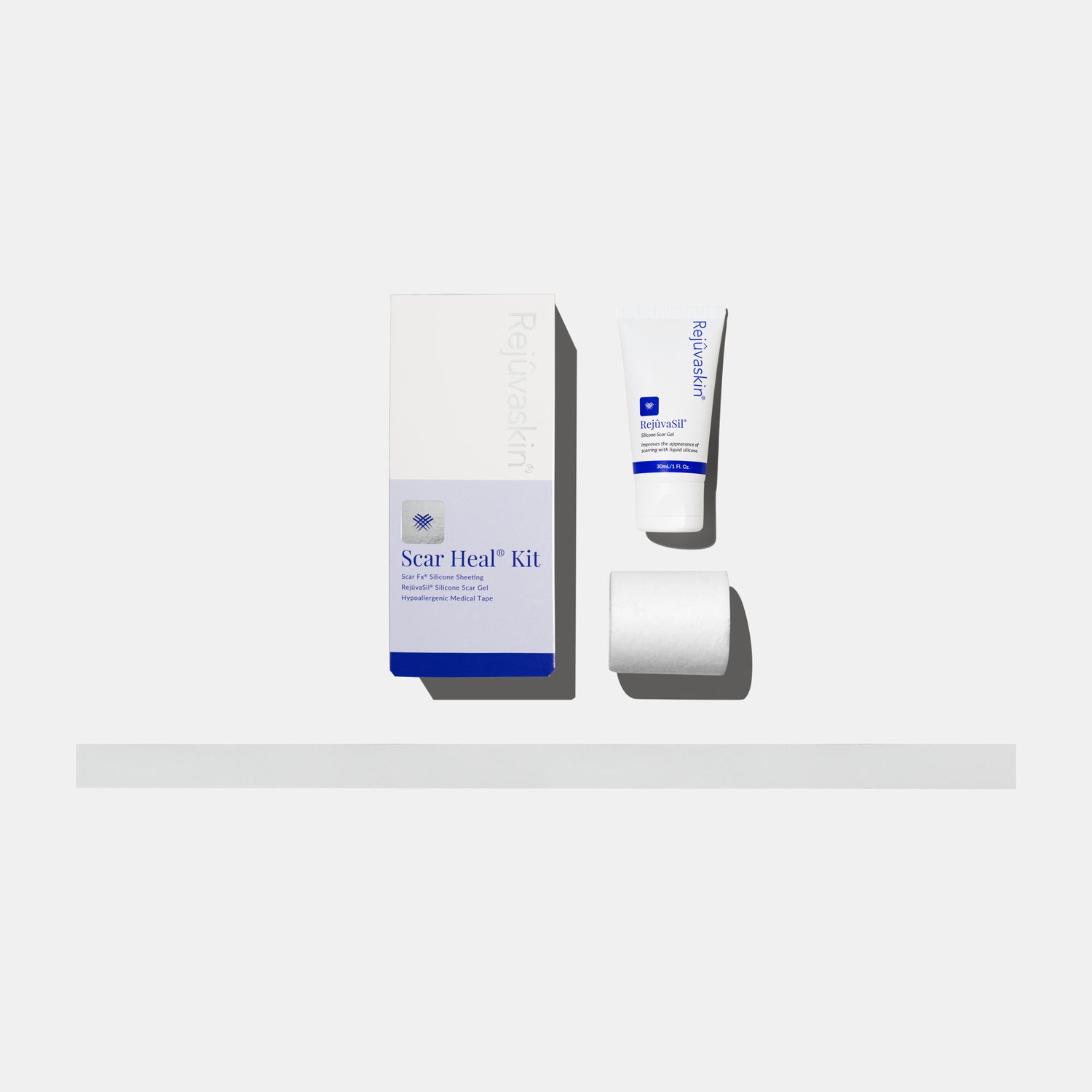


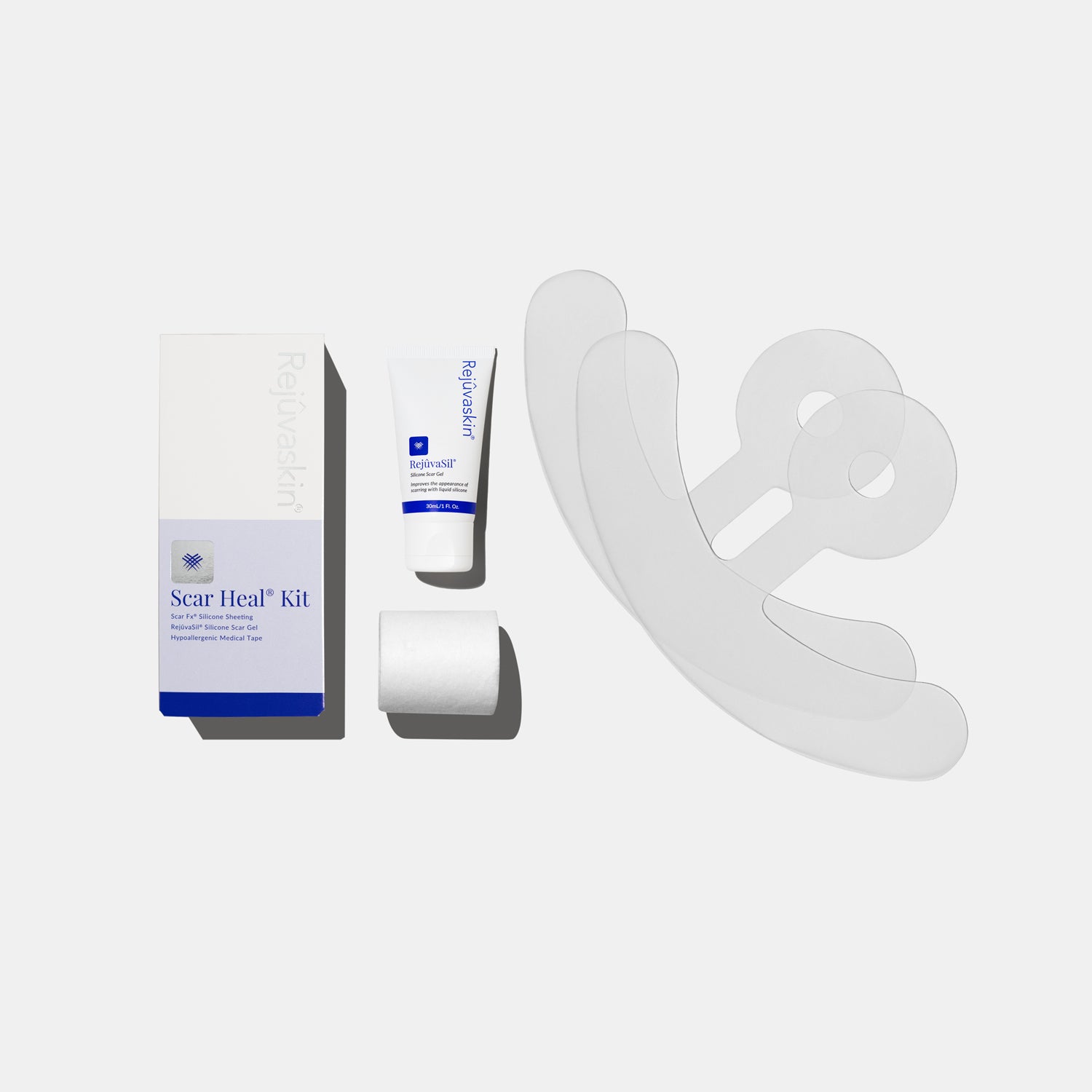
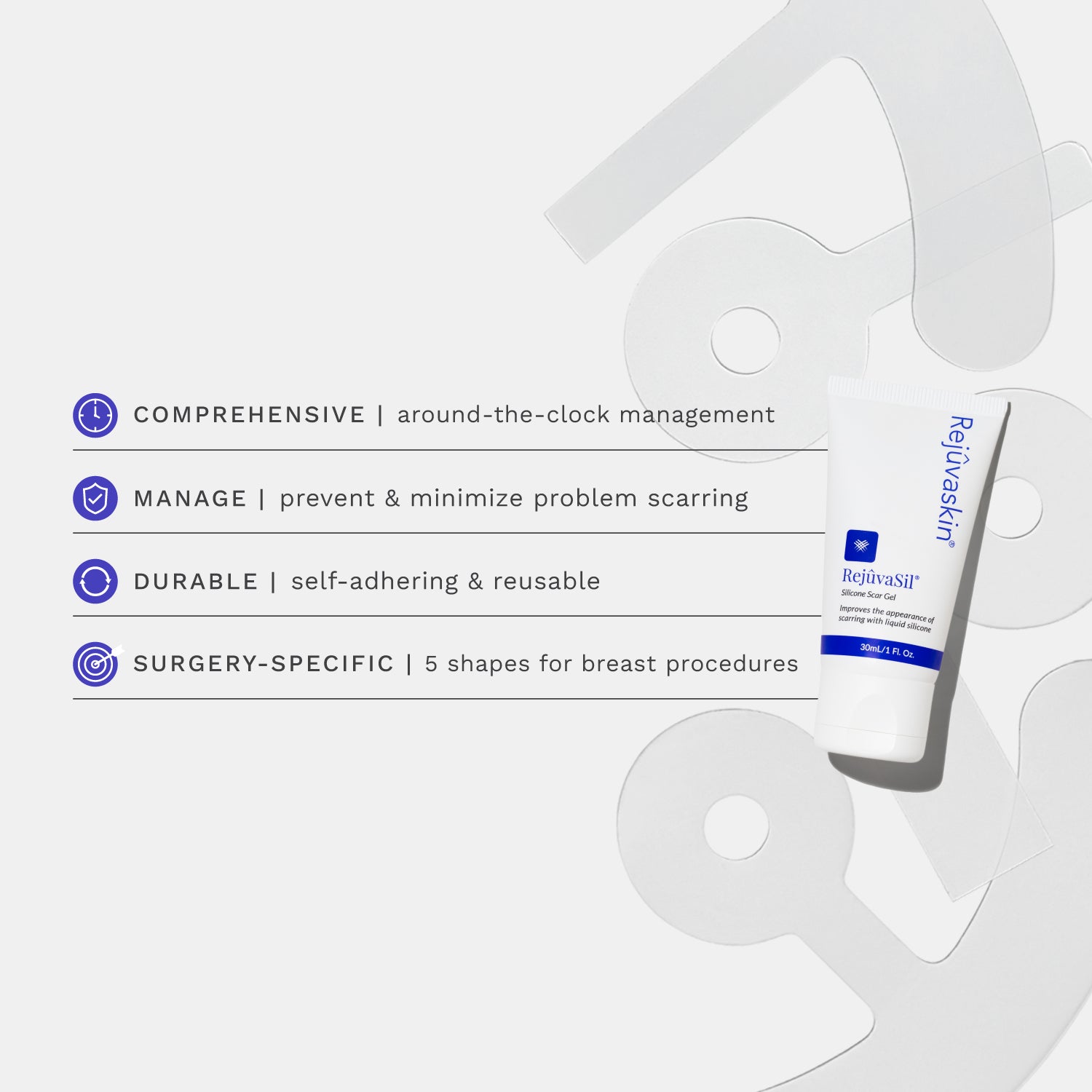
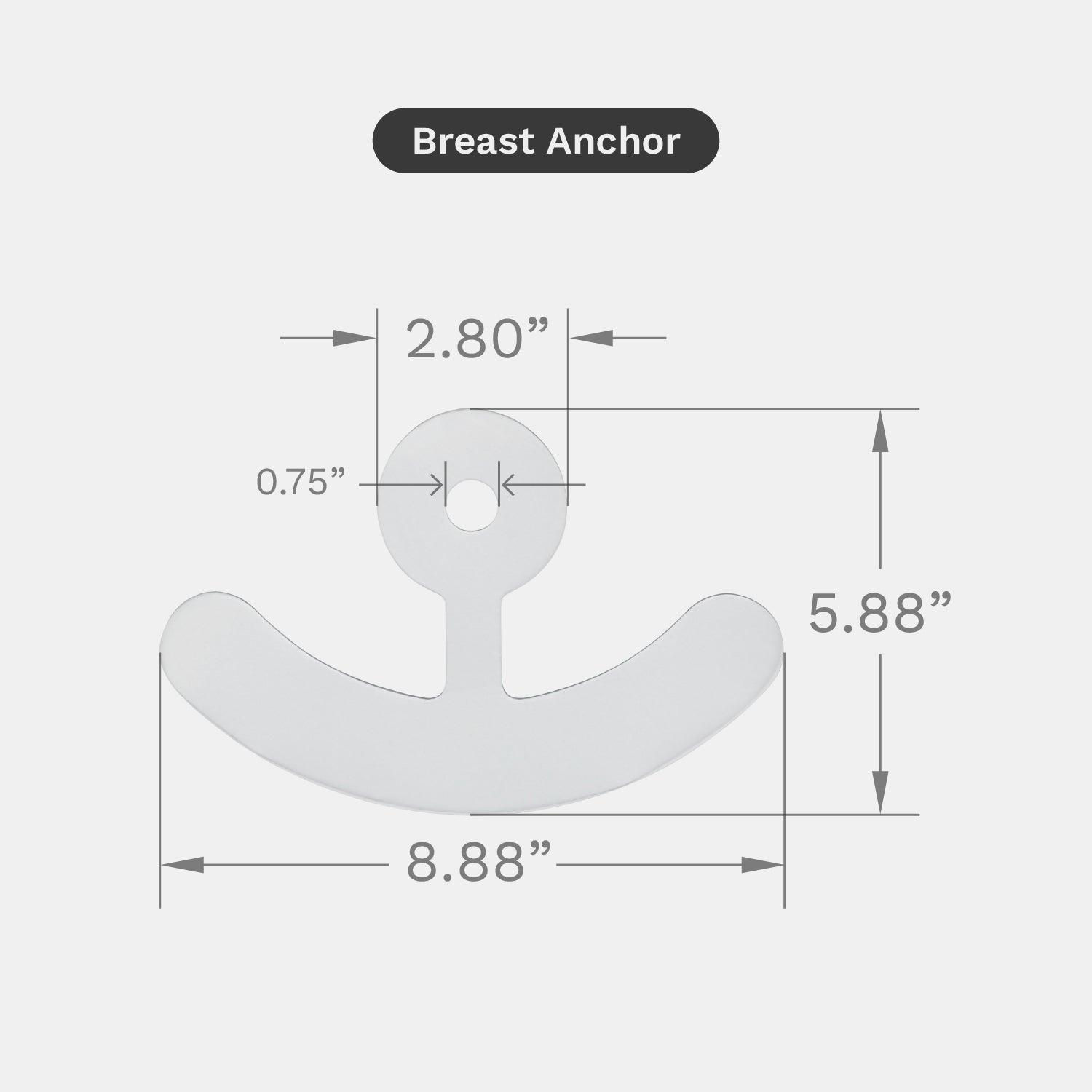
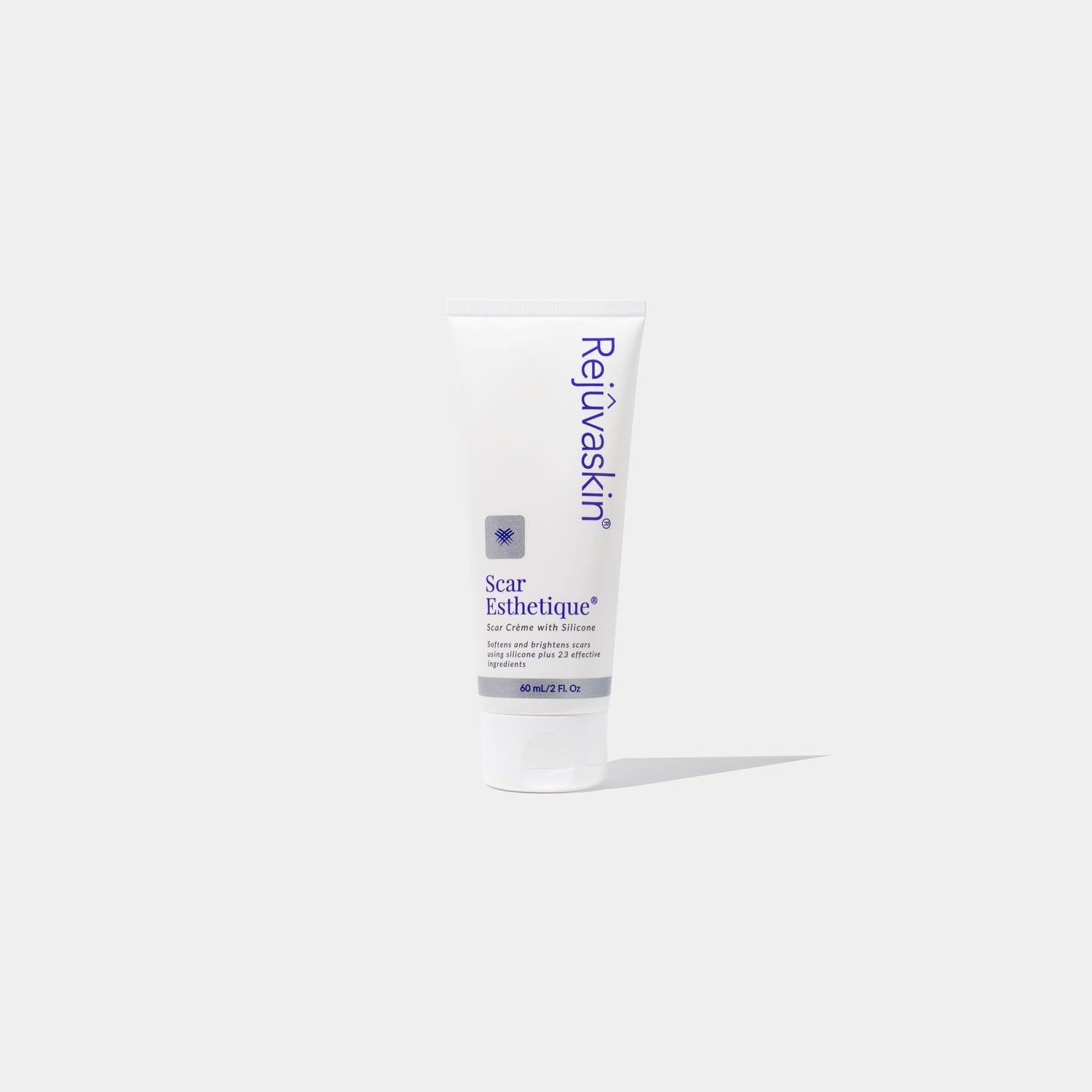
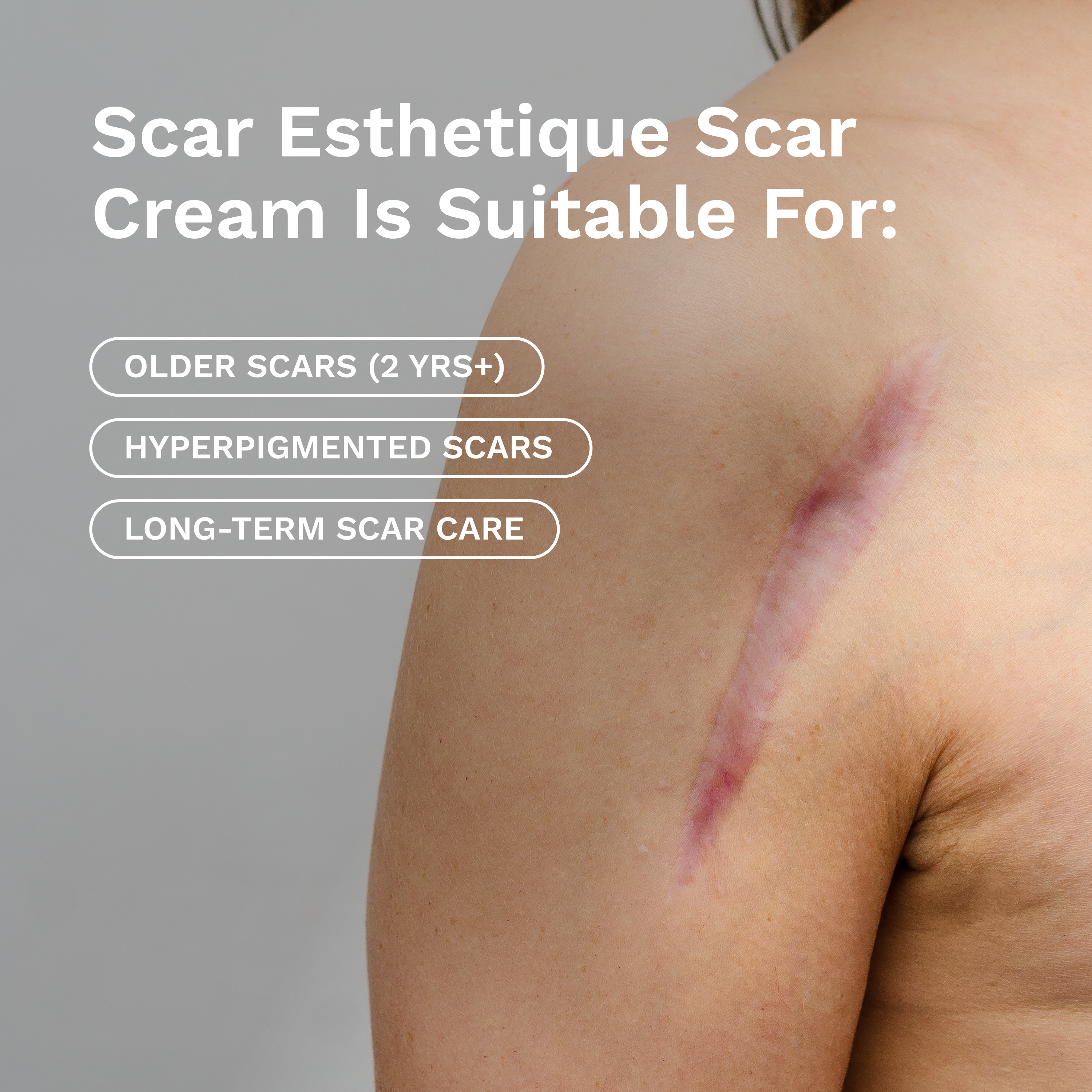








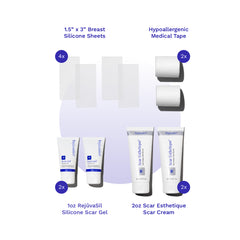
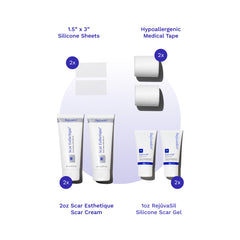

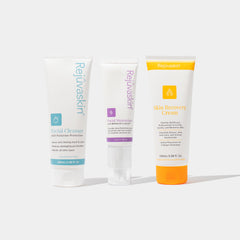

Leave a comment